In part 1, I talked about the Sony R1, this part is about a camera that represents another key moment in Sony’s APS-C camera history, the Sony a700.
In July 2005 Sony announced that they would be jointly developing dSLR cameras along with Konica Minolta, using the AF bayonet that Minolta had first introduced back in 1986. Just 7 months later, KM announced that they were getting out of camera manufacture entirely and that Sony would be taking on responsibility for maintaining and honouring the warranties on all Minolta and Konica Minolta cameras.
At the time Sony didn’t have an APS-C digital SLR. The closest they had got was the Cyber-shot DSC-R1, a bridge camera with an APS-C CMOS sensor. Sony rushed out a model labeled as the a100. This was a fairly straight lift of Konica Minolta’s recent Dynax/Maxxum/Alpha 5D, but with a 10 MP CCD sensor.
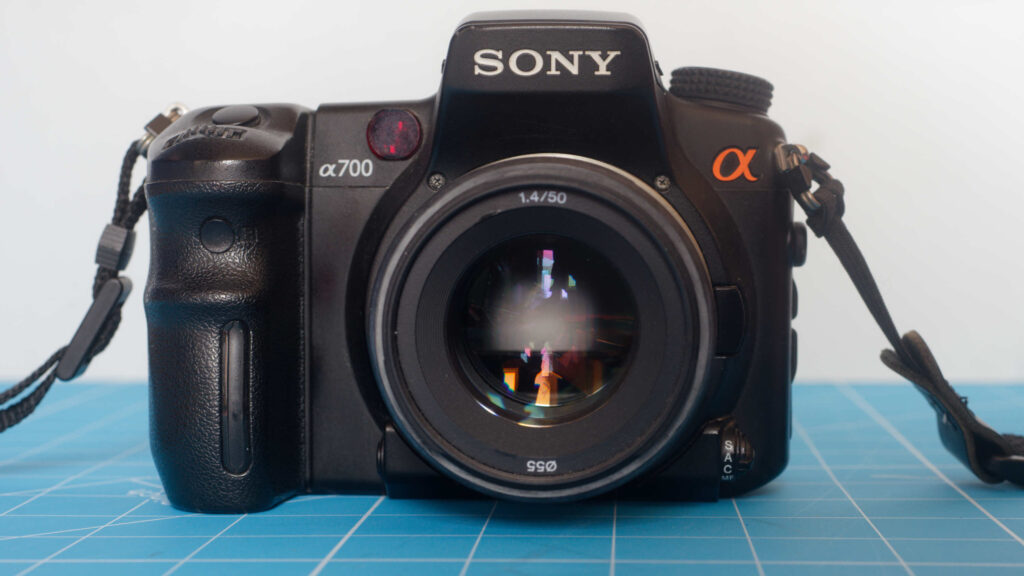
Digital SLR
It was a busy time for Sony. They started to produce their own branded versions of many of the lenses that Minolta had been making for years. It took them 18 months after the Konica Minolta announcement to release their enthusiast-oriented Sony a700.
The naming was well judged, designed to appeal to the Minolta loyalists, who associated the number 7 with a capable, high-end body. These potential customers had already been softened towards Sony by the continued manufacture of a bunch of legendary ‘niche’ lenses, such as the 135 STF and the Autofocus 500 reflex lens.
Specifications
Also a pleasant surprise was the layout and specification of the new camera. All the photographer’s controls were there and in the right places. There were few gimmicks – not even video. In contrast to the DSC-R1‘s (admittedly high quality) plastic body, the Sony a700 used a magnesium alloy body. It had front and rear control dials and a depth of field preview.
Sony used a good deal of the infrastructure they had inherited from Konica Minolta. As well as the lens mount and IBIS, they used the same flash system as Minolta had introduced back in 1988. It used an unconventional iISO flash shoe, but did come with advanced features such as TTL off camera flash control, which could be triggered by the camera’s pop-up flash. In use, I ended up taping some fogged film over the pop-up to block out visible light, meaning that I could easily trigger remote flashes without the pop-up contributing to the overall illumination.
They also adopted the format of Minolta’s vertical grips, which placed the vertical shutter release at the same height relative to the lens mount as when the camera is held in landscape format.
This was a capable dSLR ready to go toe-to-toe with the 40D from Canon, the D300 from Nikon and the E-3 from Olympus. It did (like the Olympus E-3 and Pentax dSLRs) have built-in IBIS stabilization of the sensor. Sony had re-branded KMs ‘Anti-Shake’ as ‘Super-Steady-Shot’. It worked with any Minolta or Sony A-mount lens. The Sony a700 also managed to undercut the opposition from Canon and Nikon on price.
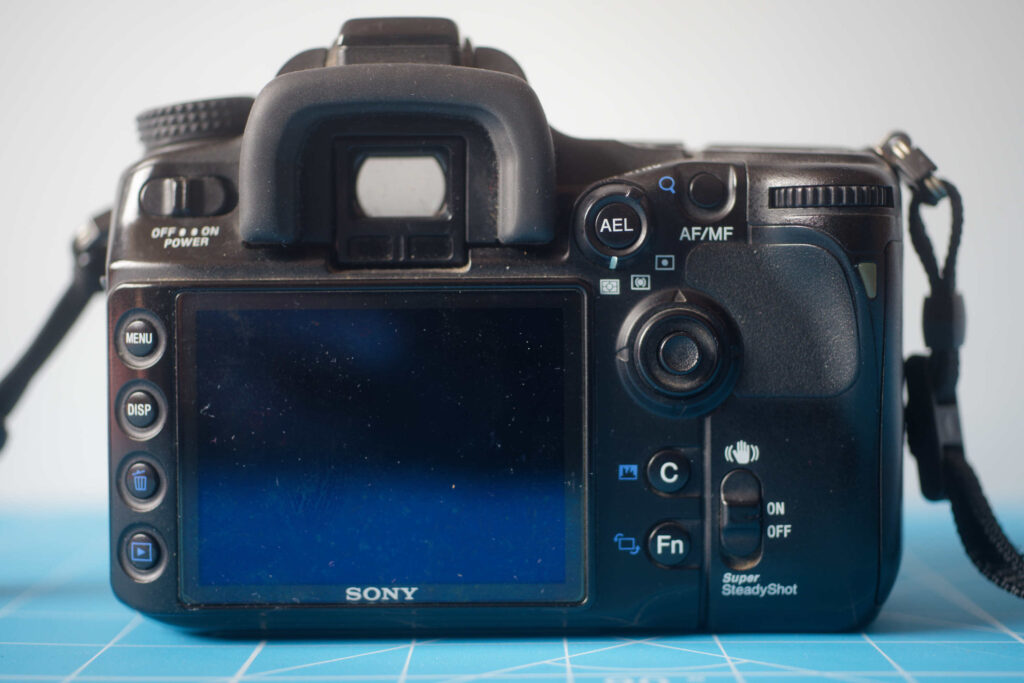
For once, none of the controversies were to do with shoehorning gimmicks into a camera.
Optics
The Sony a700 could use any of the AF lenses that Minolta had produced since 1986. A lot of the latest versions of those lenses were now available with Sony branding on them. A lot of the older A-mount lenses had focus driven by a connection in the body, but some more modern lenses did feature built-in ‘Super-Sonic-Motors’ (SSM). In addition, Sony were introducing their own lenses, from ‘Easy-choice’ cheap SAM primes to ‘G’ range SSM zooms and other lenses with Carl Zeiss branding.
The Original Minolta AF mount that came to be known as A-Mount had a registration distance of 44.5mm. As well as Lenses specifically designed for the mount, you can mount m42 lenses via adapters. T2 mpunt lenses can also be used.
Sensor
The sensor was a development of the Sony CMOS sensor, taking the MP count up to 12 and the dimensions up to the size used by Nikon and Pentax. Readout speed had radically improved, with captures at up to 5 frames per second. Base ISO (where DR is at its best) was at ISO 200.
Shutter
A new focal plane shutter unit was capable of speeds up to 1/8000 of a second and fairly high flash synch speeds (1/250 or 1/200 with IBIS activated).
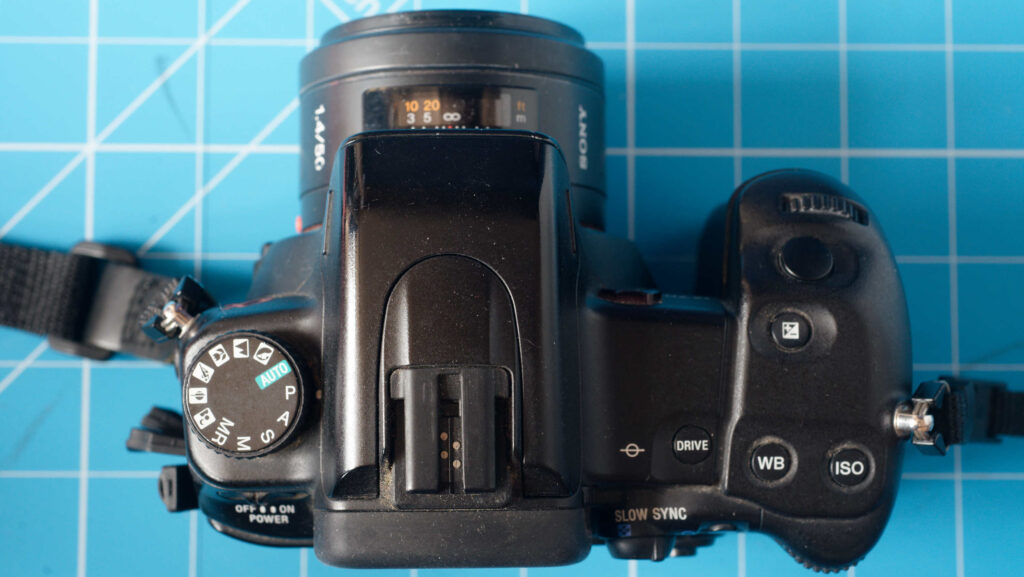
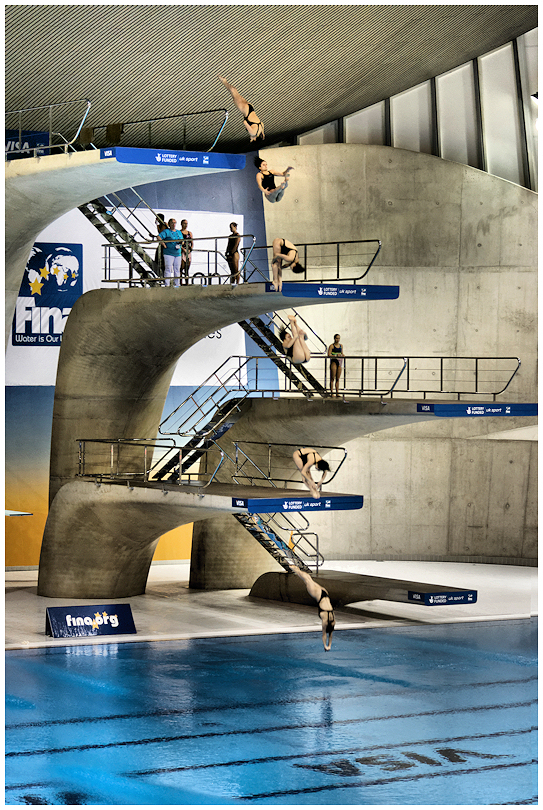
Viewfinder
The Sony a700 had a conventional, bright pentaprism viewfinder, with 11 fairly widely distributed focus points and very capable AF (inherited from KM). Fairly comprehensive information was visible under the optical ground glass. Although the sensor-based stabilization does not affect the viewfinder, there is a little ‘shake-meter’ visible, which shows how steady your grip is to start with.
Layout
It had a whole bunch of switches and dials, not quite as many as the KM 7D, but all the stuff that a photographer required. The camera also featured customizable buttons and a joystick.
What it lacked was video (which didn’t animate reviewers too much at the time) and a top-plate LCD to show settings (as was more normal on this class of camera at the time). Instead it used the fixed rear screen to display the camera’s settings. One thing it was initially criticised for was ‘baked-in’ noise reduction which was initially applied to even the RAW files (later versions of firmware enabled this noise reduction to be turned off).
The Sony a700 used a slightly different battery to the FH-50 unit that had powered the R1 and the a100. The new unit included extra circuitry to report status back to the camera more accurately. The new battery could still be used in the older cameras, but it featured a groove down the middle to stop old batteries being loaded into the new camera.
Like the DSC-R1, the Sony a700 had two card slots to take CF and MS cards, but it didn’t allow you to write to both at once.
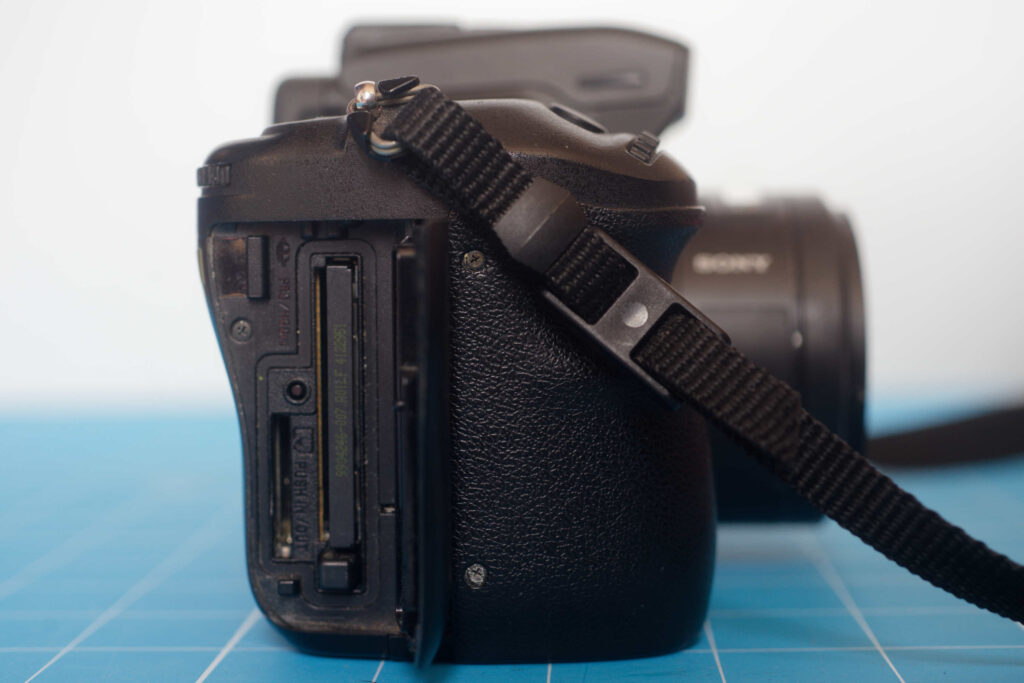
The Sony a700 has a healthy set of output sockets at the left end, including USB (that ‘D-shaped one no-one uses and more), mini HDMI (capable of HD output for slideshows – this camera does not do video) a Minolta-compatible wired remote port (in addition to the IR wireless remote included with the camera), a power input that uses the same socket as the R1 and a PC socket for remote wired flash.
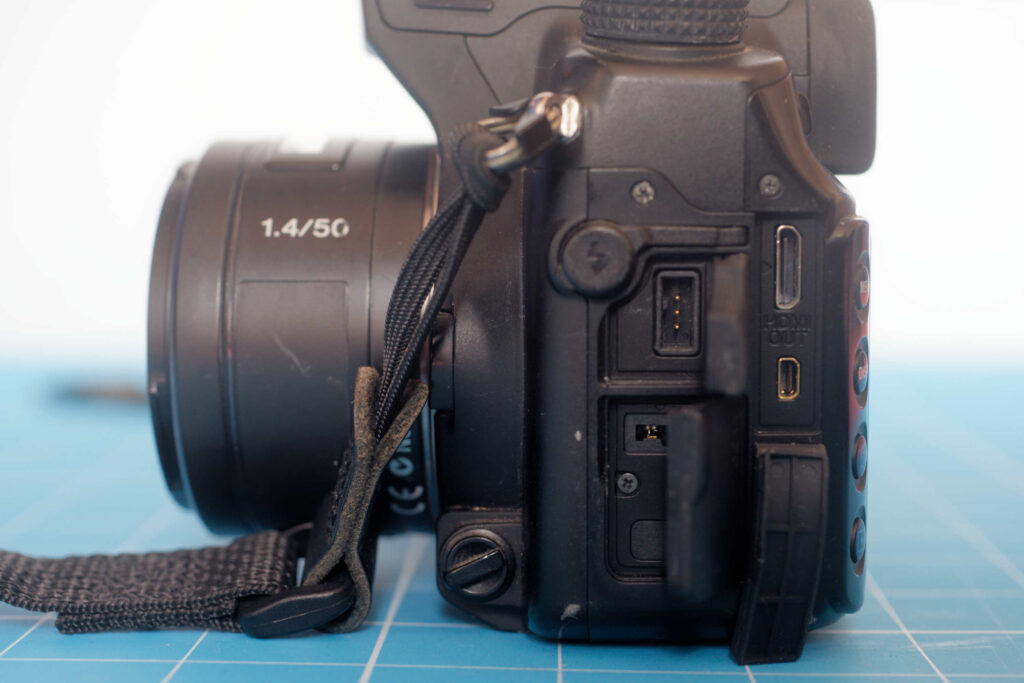
Controls
The menus allow you to set up the Sony a700 to work pretty much as you like. A continuation of the custom functions that analog Minolta cameras had offered for some time. There are over 60 options. You can set up the ‘C’ (custom) button to take you immediately to any one of 15 set options. The ‘Fn’ (function button) allows you to use the joystick to select and change any of the options that are normally visible on the rear info screen.
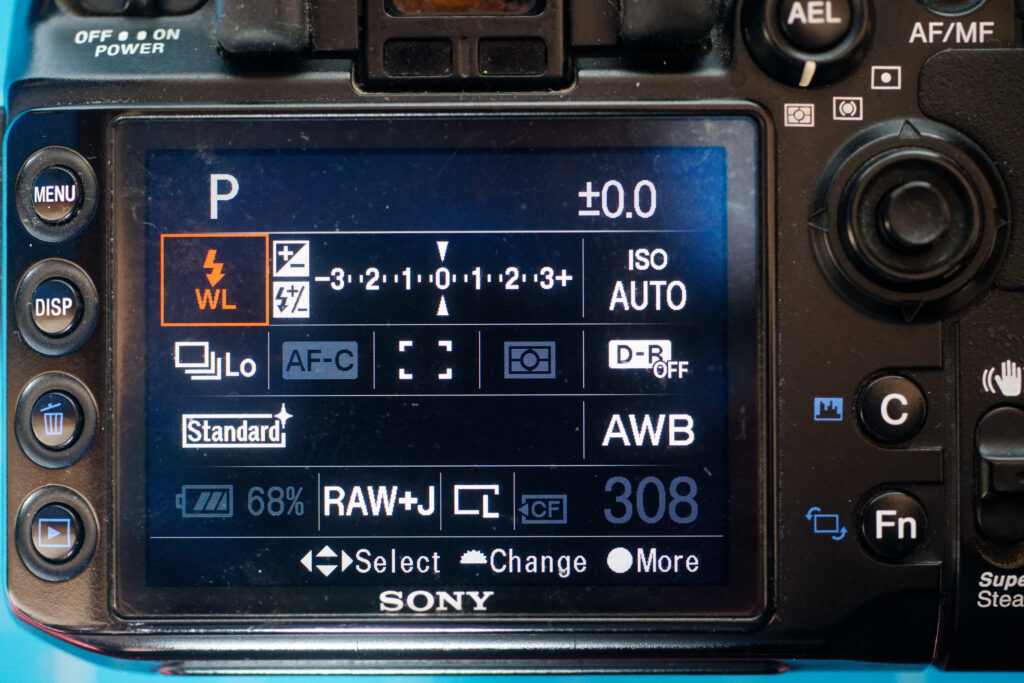
Problems and limitations
- It is a good shutter, but it does make an odd noise – not loud, but strange in pitch, almost a ‘shlikk’ . You get used to it.
- The rear control dial can be susceptible to oil and grease from thumb-tips and sometimes skips. Various remedies were suggested on forums, generally involving shooting WD40 into the gaps around the wheel to dislodge dirt. I never had a problem, but tend to favor the front dial (which for some reason doesn’t seem to gum up as much).
- After heavy use the little clips that hold the reflex mirror in place can come adrift. Mine went after around 300,000 cycles, but superglue came to the rescue.
- As with other models of dSLR, if dust gets on the sensor, you have to delve deep to get rid of it. The sensor shaking helps, but once it is off the sensor, the dust is still behind the shutter with the sensor, so can re-introduce itself.
The a700 is a capable camera, it would probably have been more successful were it not for a perception that SLRs should have names like Nikon, Canon or Pentax across the front of the pentaprism. On-sensor phase detect was not around when the camera was released, hence Sony’s statement that they would only do video when it could be done reasonably well.
Compared to the DSC-R1
Both cameras use a large CMOS sensor, but the one in the Sony a700 is 18% larger while maintaining a similar pixel-pitch. The new sensor was much faster, allowing RAW capture at up to 5fps.The DSC-R1 is designed around a specific lens, which allows the rear element of the lens to be placed really close to the sensor. I’m guessing it also allowed the use of a tiny and very fast leaf shutter and diaphragm that could be put in the optimum position. The sealed nature of the whole system means that dust is really not an issue. While the a700 might not be able to be quite as stellar while using a zoom of similar range to the one used on the DSC-R1, the interchangeability of lenses means that lenses from 8mm to 500mm (and up) can be used. While the mirror box does introduce complications for the design of fast wide-angle lenses, it is not so much of a restriction by the time we get to short telephotos.
There is, of course a trade off. Lens acquisition can become an expensive addiction and one that can lead away from concentrating on the subject on the sensor. Dust is also part of this trade-off. but what interchangeable lenses do offer is versatility.
Pictures
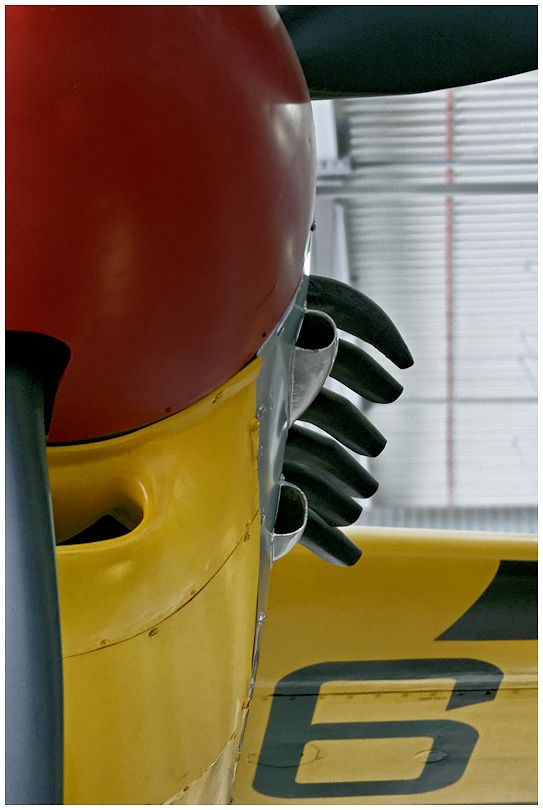
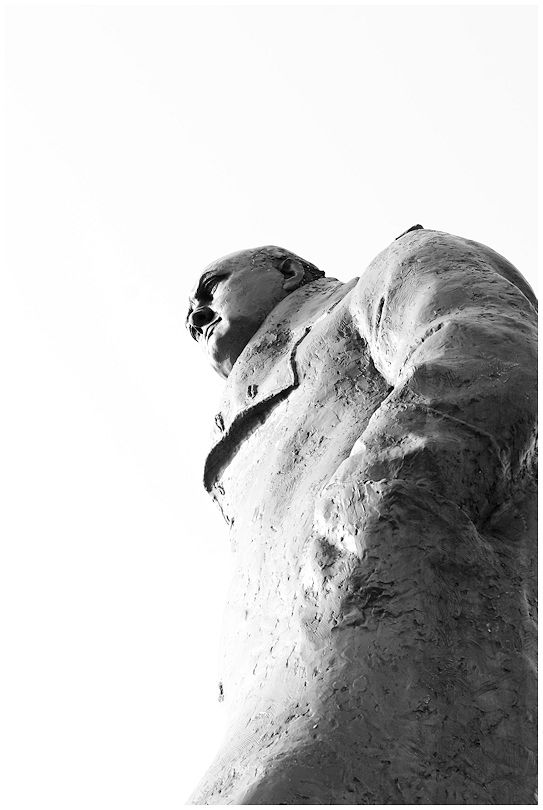
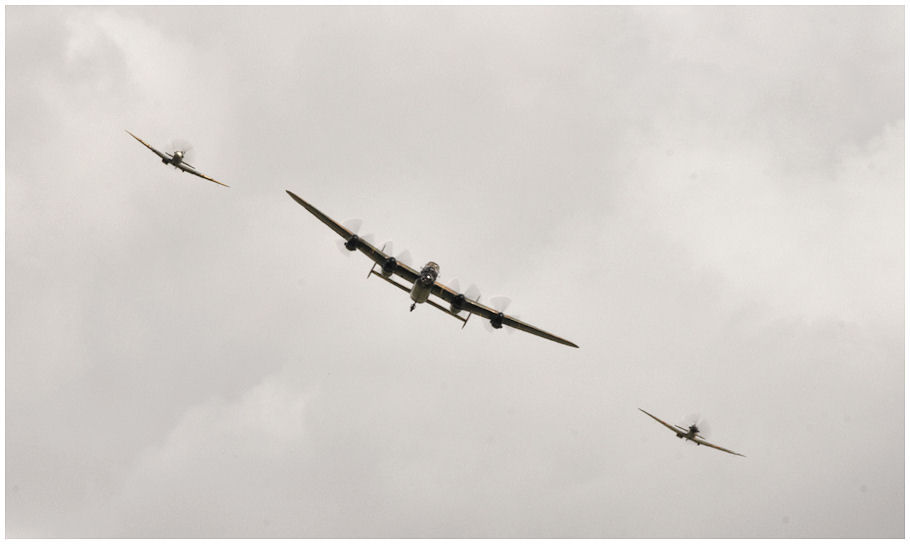
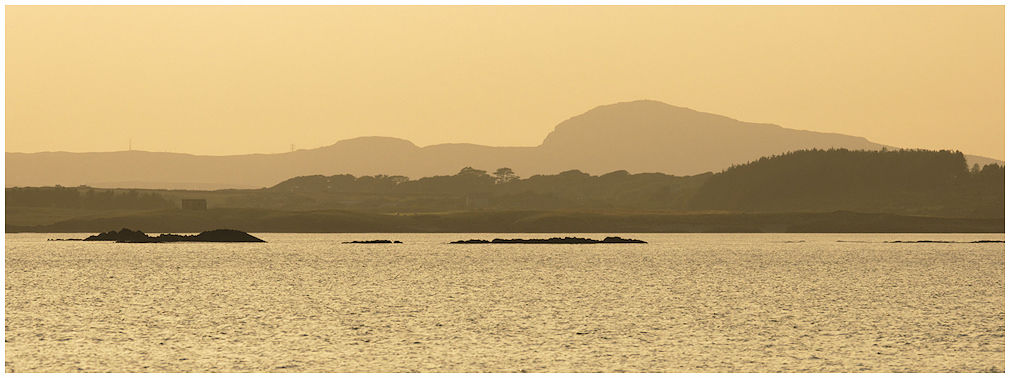

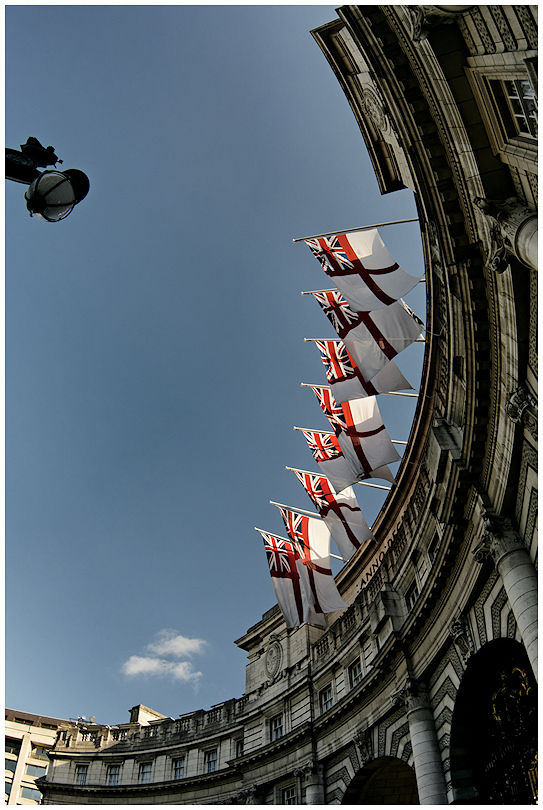

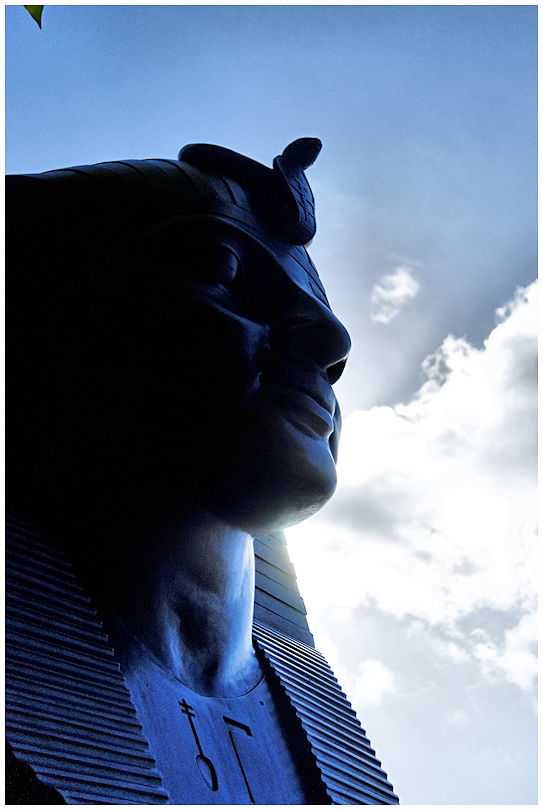

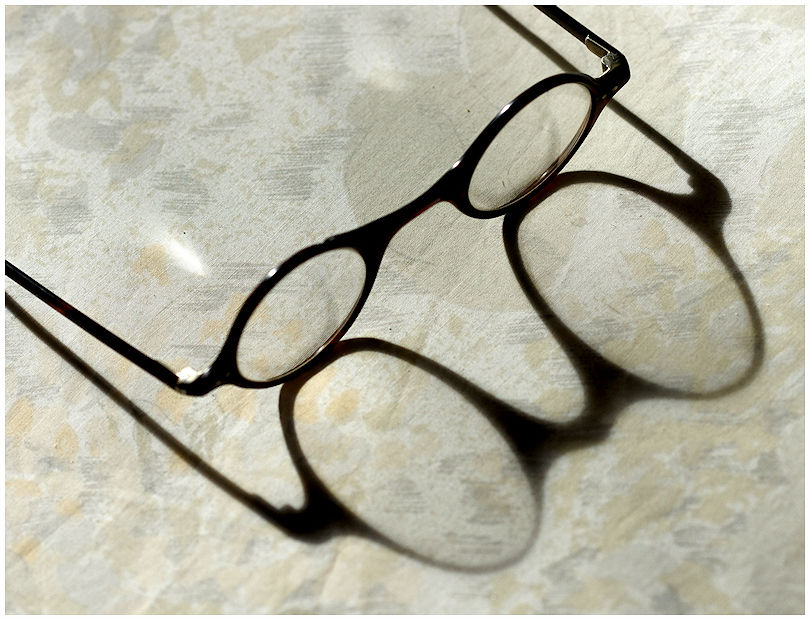

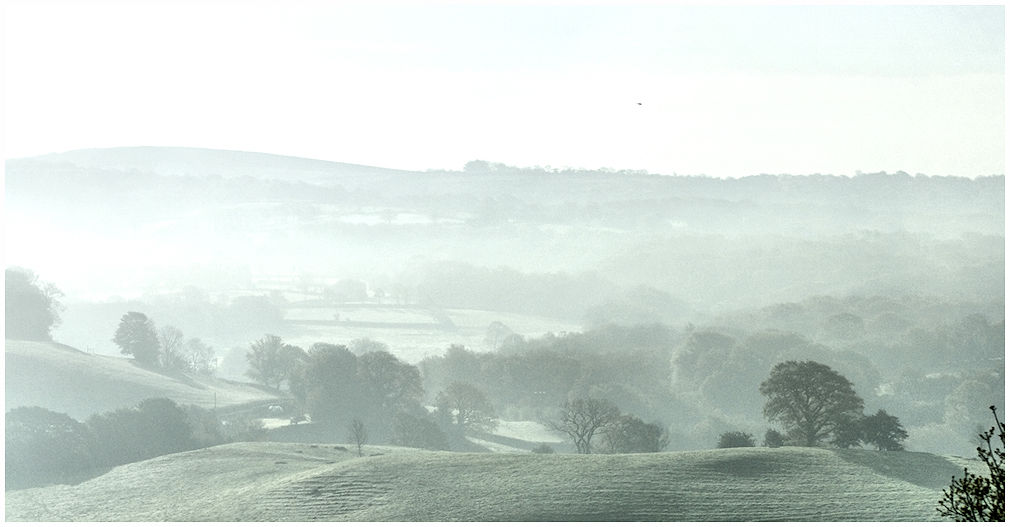
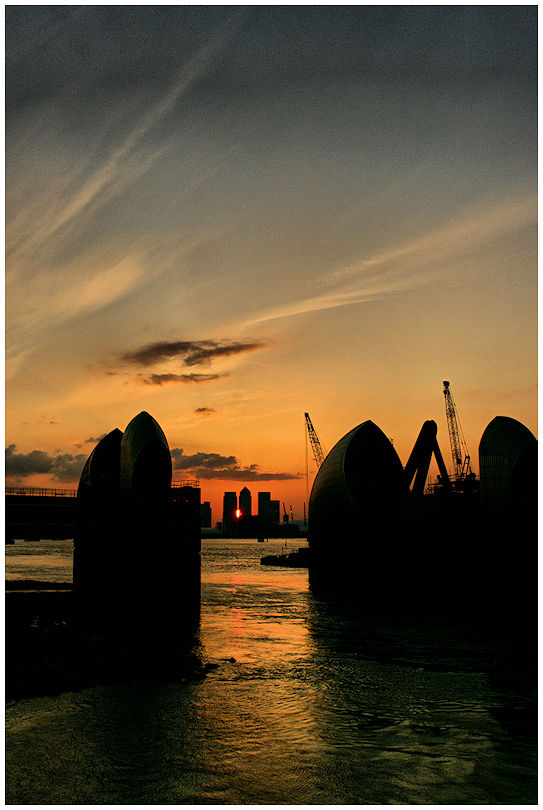
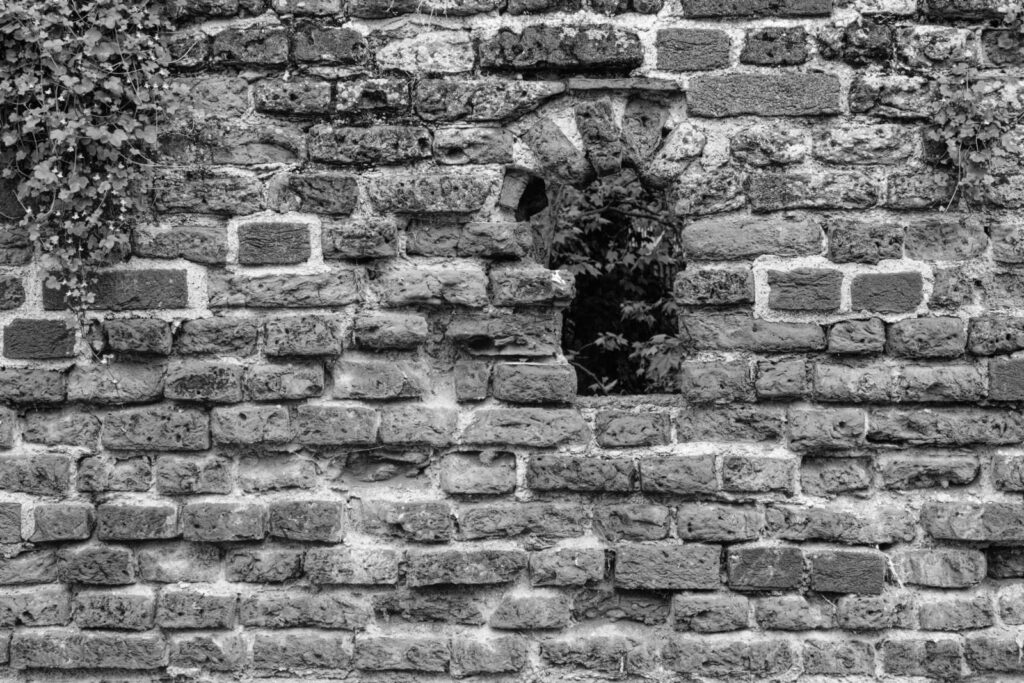
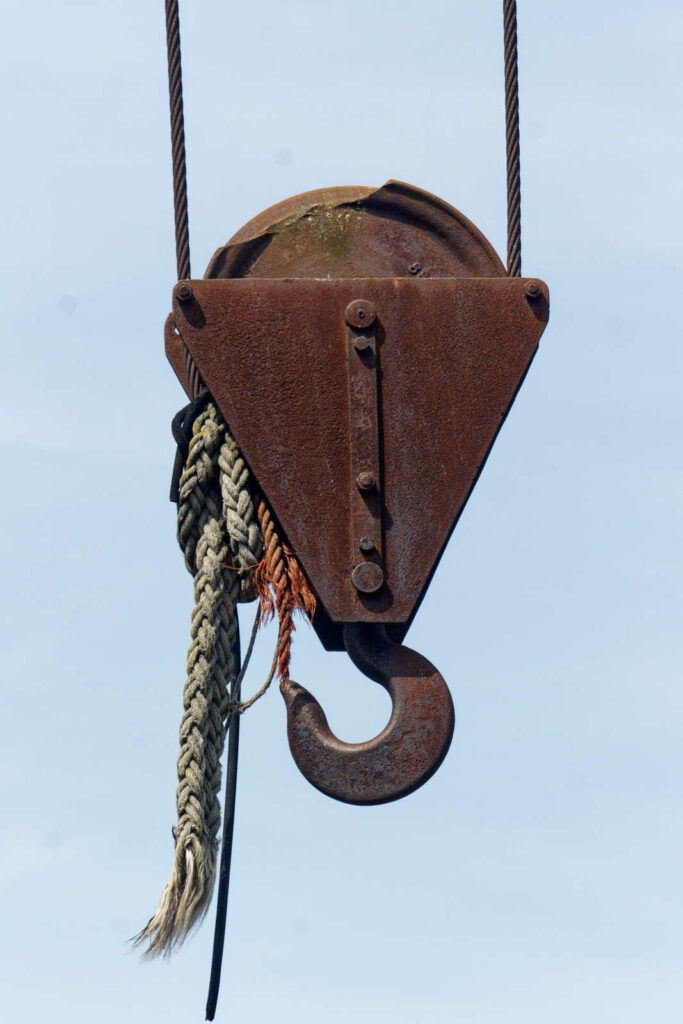
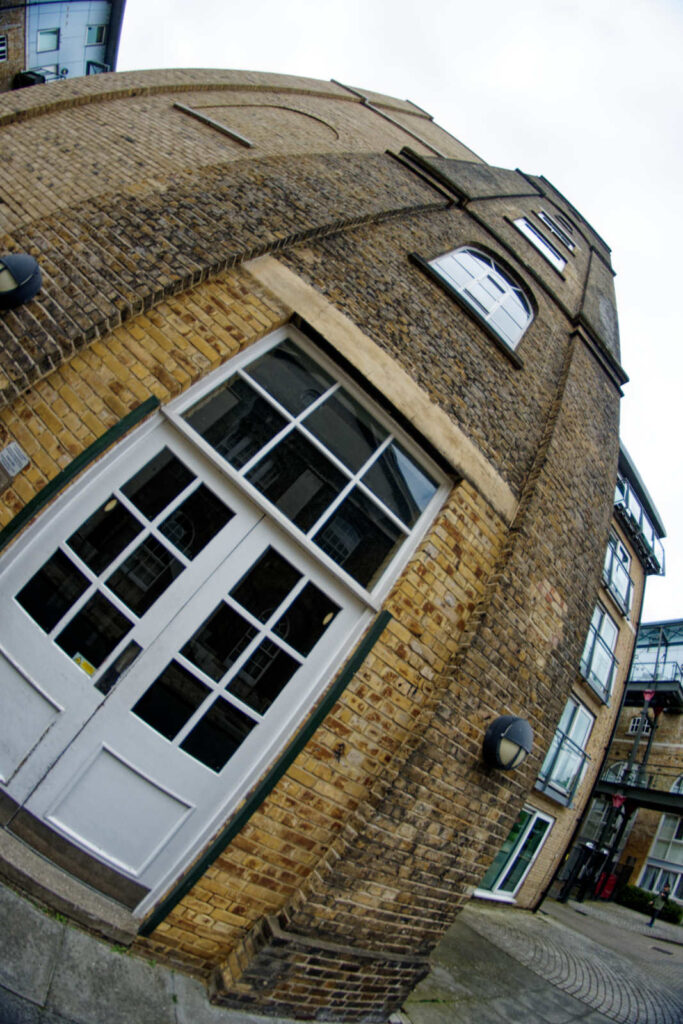
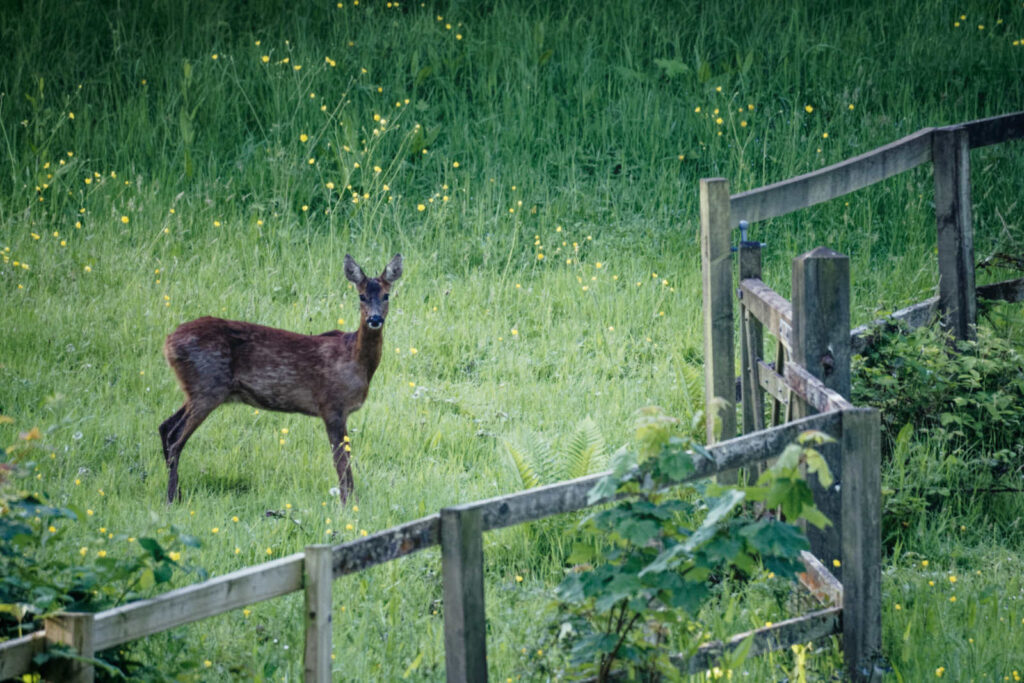
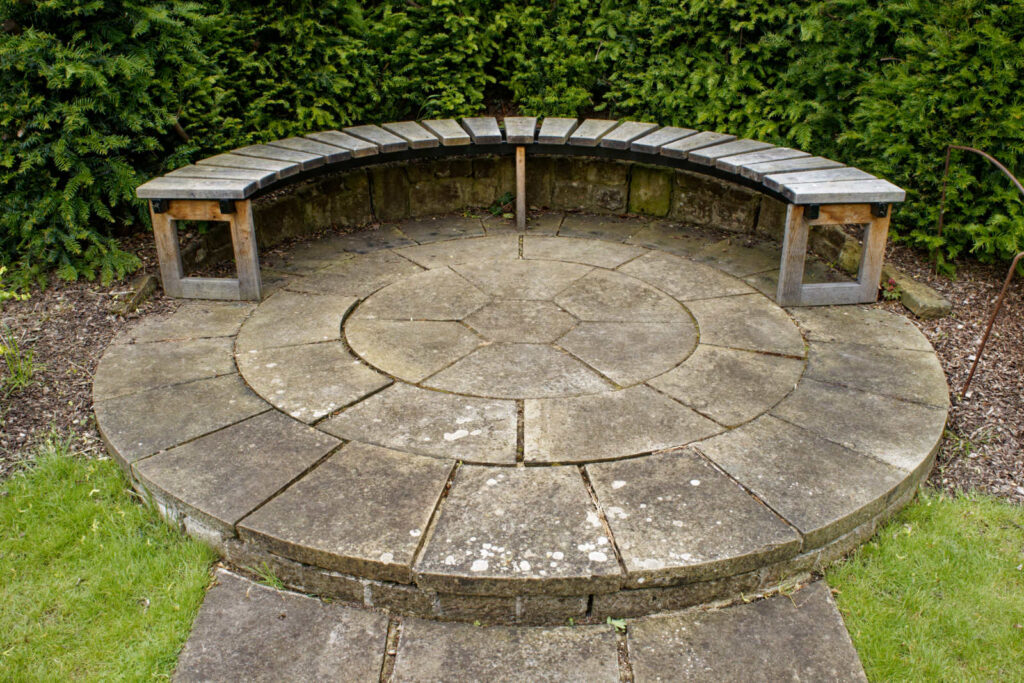
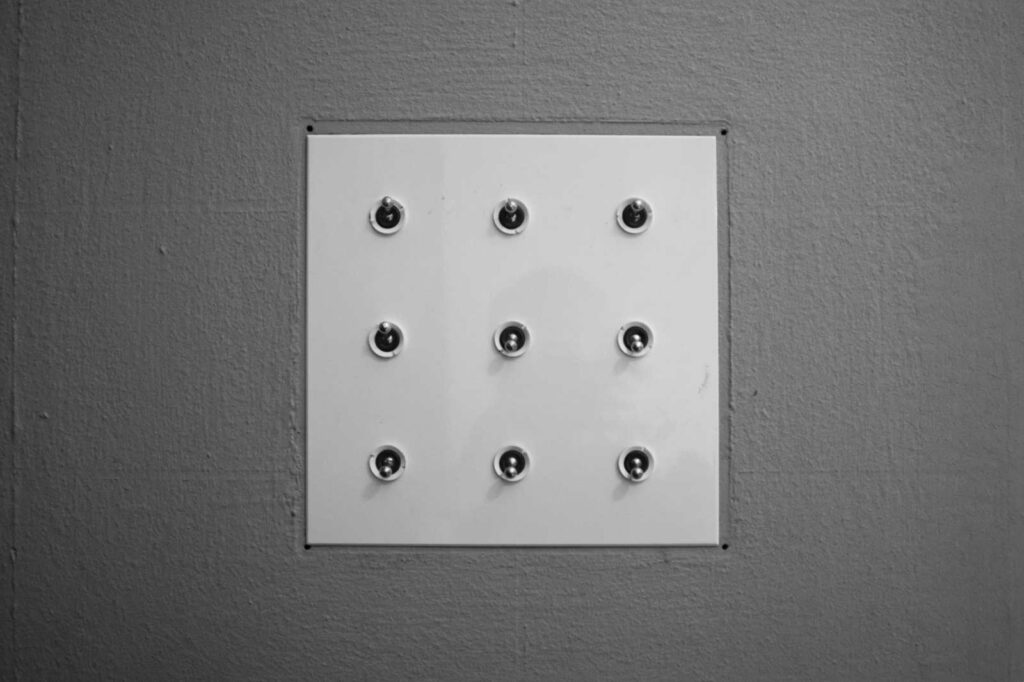
Summing up
In early drafts of this article I was referring to the a700 as ‘Sony’s first high-end APS-C dSLR’ but then I realised that the a700 was Sony’s only high-end APS-C dSLR. Sony produced another 13 entry-level and enthusiast dSLR cameras (in addition to 7 APS-C SLT semi-mirrorless cameras), but this was the only high-end model featuring a pentaprism, twin control dials, an APS-C sensor and set up to work with a vertical battery grip that they released. Not that the Sony a700 was a dead end: it led on to the a900 and a850, full frame dSLR bodies featuring gorgeous optical viewfinders, 24MP sensors and top-plate LCD displays with much the same control layout.
The camera that replaced the Sony a700 functionally was the a77, an EVF-based camera, using a pelix-style mirror to enable fast phase-detect autofocus during live view and video. It is notable that the a700 was good enough that it survived as a desirable camera for quite a long time.
I’ve always found dSLRs to be rather brick-like, The need to include a sensor and the extra circuitry required for it, plus a screen led to at least an extra centimeter on the depth of these cameras and no manufacturer seems to have thought of moving the front surface of the camera back to compensate, so they all tend to have rather deep grips on the right of the camera. Having said that the a700 handles very well, with the controls well placed and options fast to select.
Going back to it now, I do find myself missing an adjustable screen with live view on it when composing near to the ground, but it is no worse than using a film camera. I’ve got an angle-finder in a drawer somewhere, but haven’t found the need to seek it out.
Next steps
Digital SLRs are a curious bend of old and new technologies. They are complex instruments with lots of intricate parts to swiftly move the reflex mirror out of the way and lots of calibration to ensure that the viewfinder showed the exact same image as was showing on the sensor and that the phase-detect AF sensors were giving precise accurate focus at the focal plane. Solid-state electronics feature far fewer moving parts, inherent improvements in reliability and far less need for calibration. Sony had already explored the benefits of not having to allow for a reflex mirror box with the DSC-R1.
Sony had introduced a very compact range of viewfinderless NEX cameras using a new E-mount that was fully electronic and (other than a bayonet) carried none of the mechanical connections that had been a pragmatic choice for the original Minolta AF mount introduced over 20 years before. Aimed initially at the sort of people who would end up, years later, relying on smartphone cameras for their photography, the new format also attracted photographers who liked the idea of the bigger sensor and noticed that the new range offered some things they had been wanting to exploit for years. Into this environment, Sony released the NEX-7.
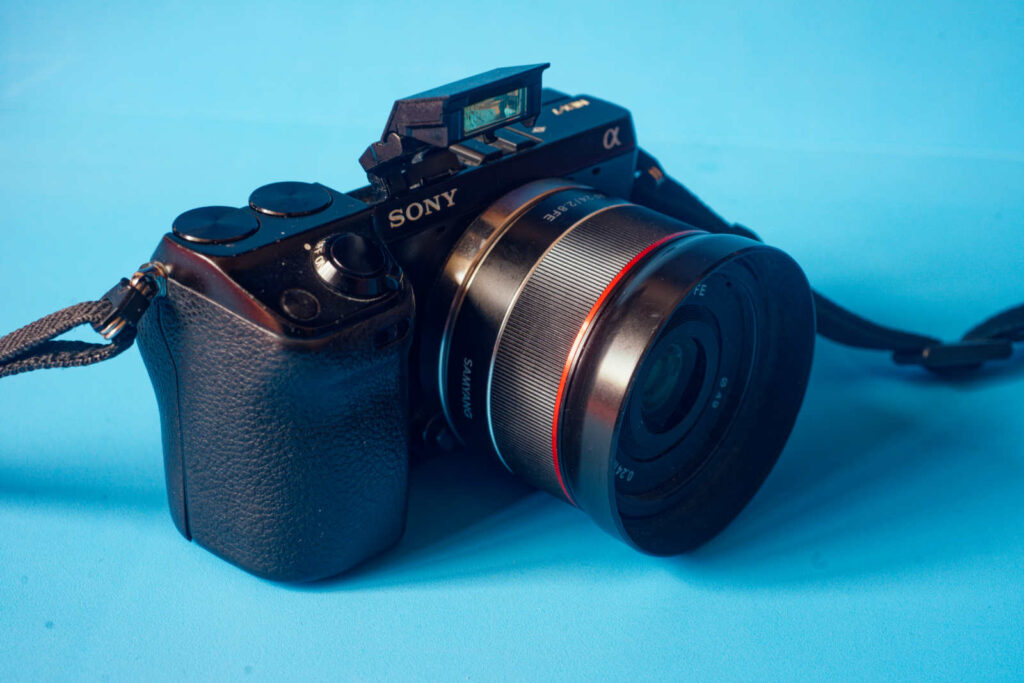
Share this post:
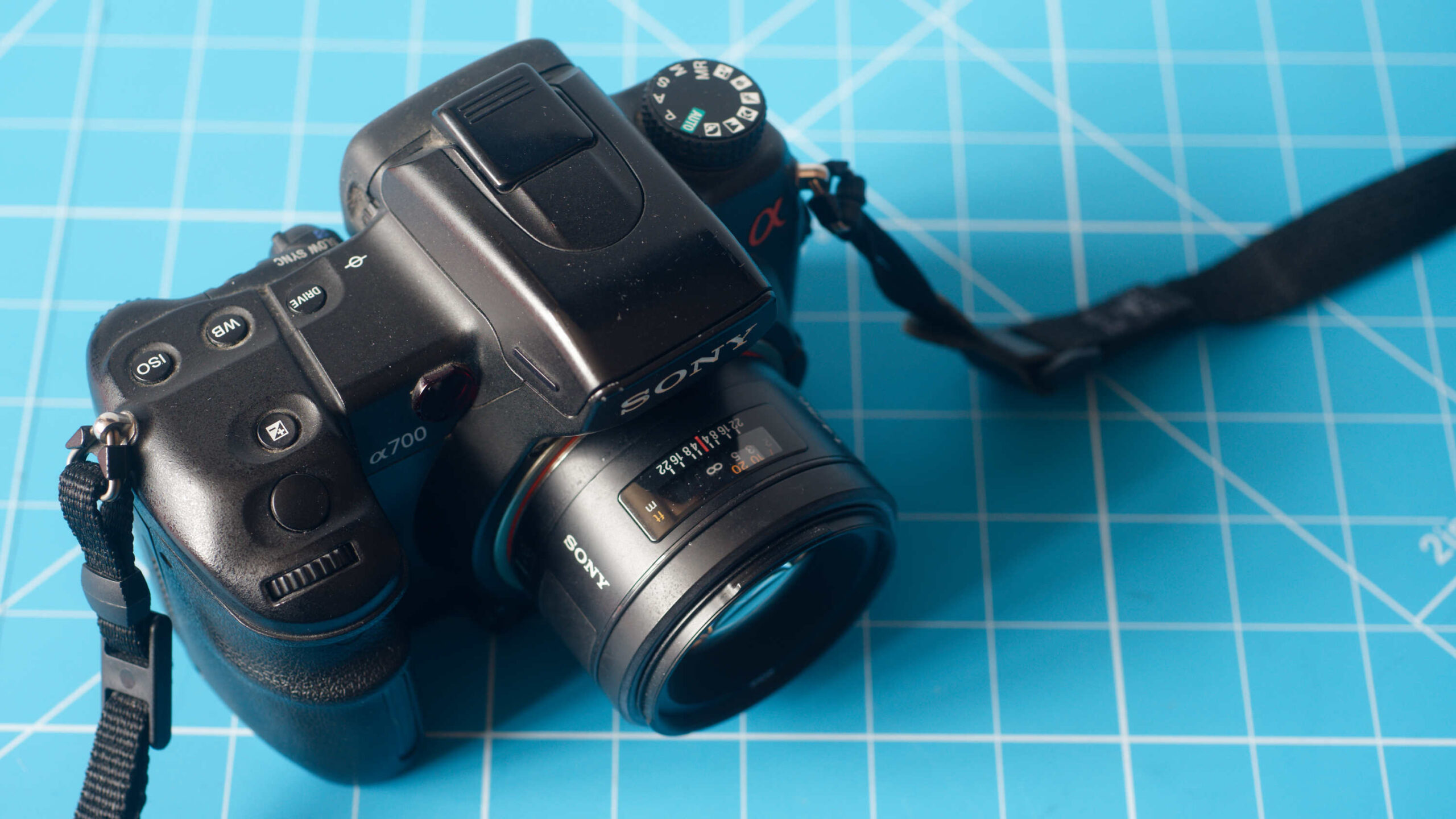
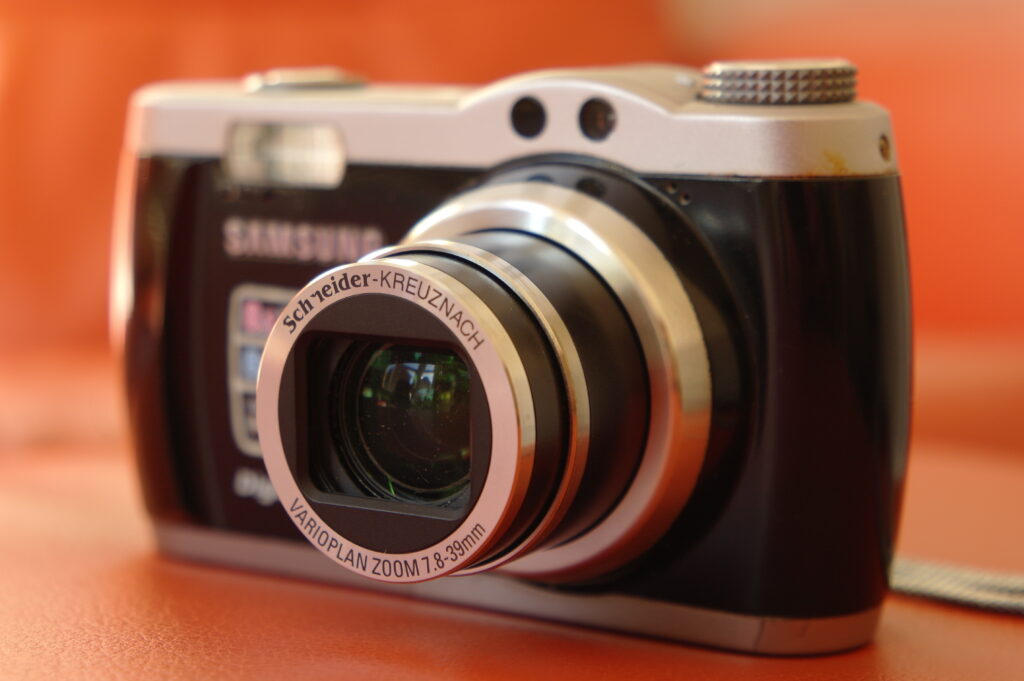
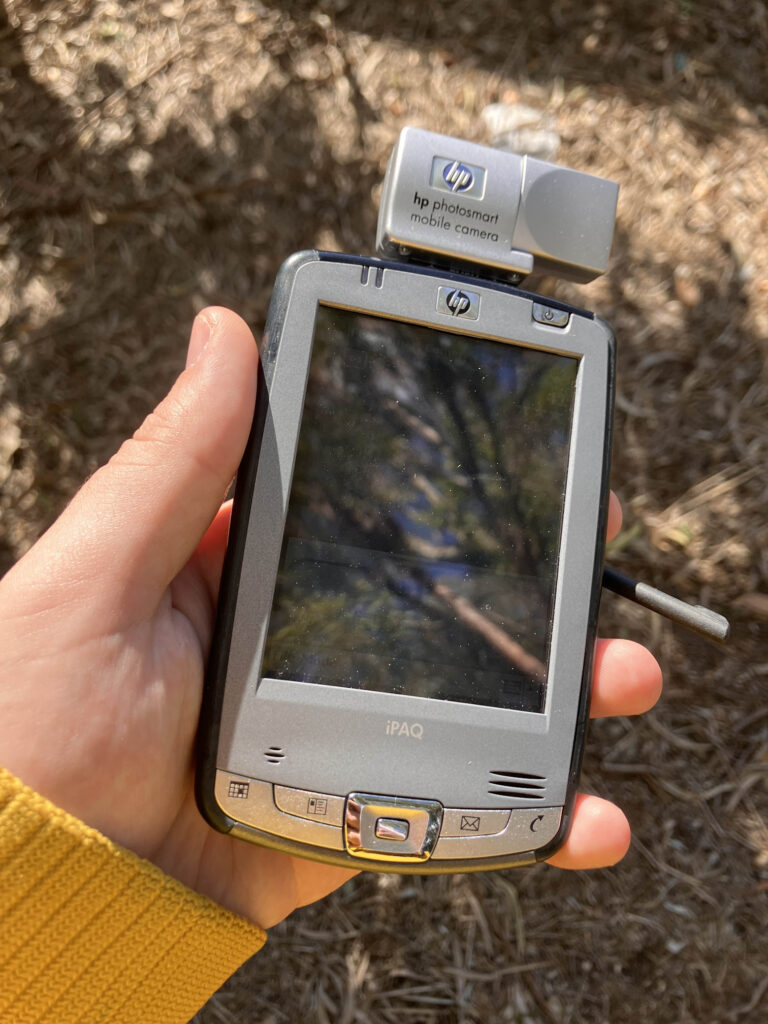
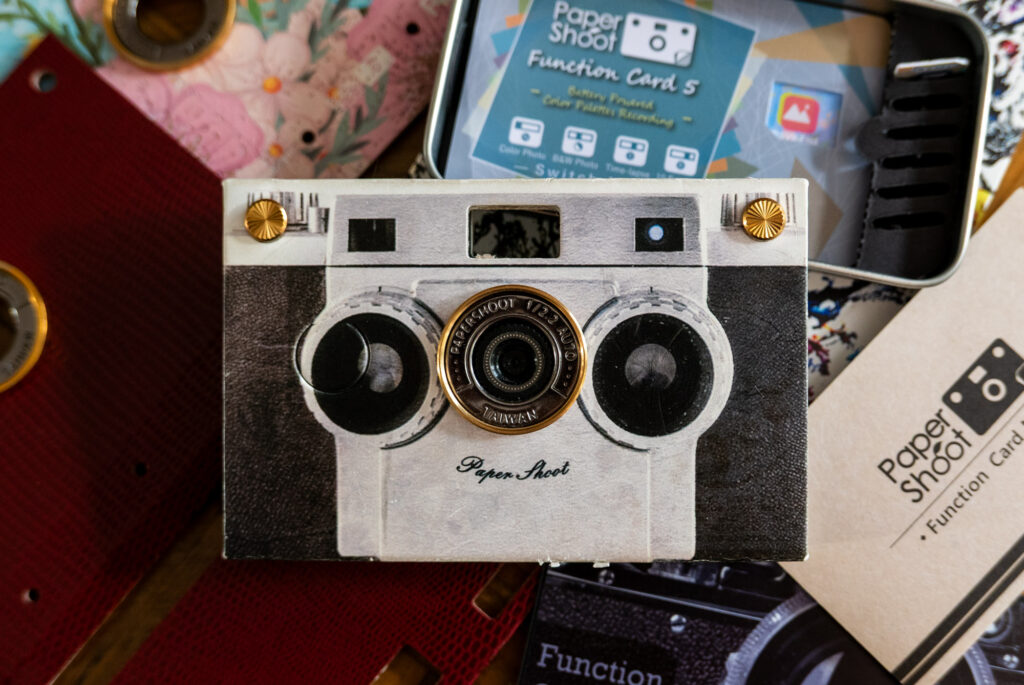
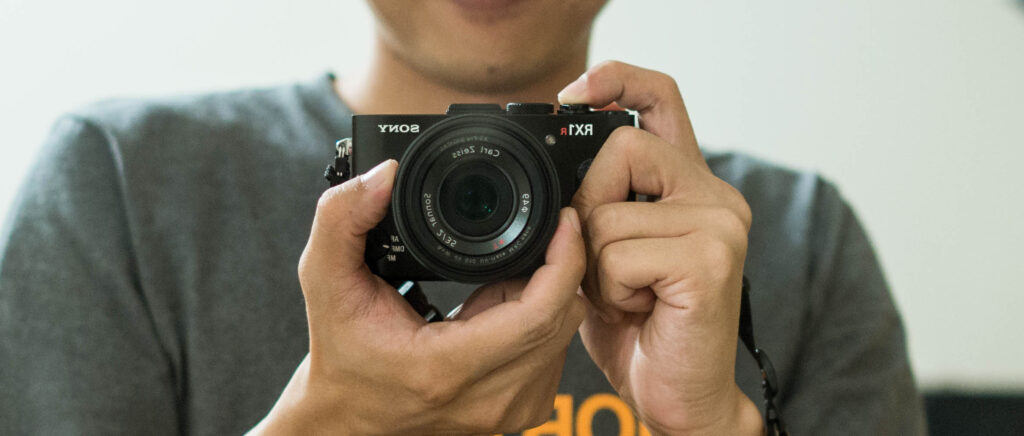




Comments
Ibraar Hussain on Sony a700 from 2007 Revisited – Sony and APS-C part 2 of 3
Comment posted: 19/07/2024
The A700 I think was again a KM design underneath. As was the A900 full frame (which I had)
After the acquisition Sony combined both cyber shot and Alpha divisions and the rest is history - having abandoned the A mount they focussed on mirrorless (NEX)
I read when they bought the camera division that also included the engineers and designers. So the new Sony cameras we see today have Konica Minolta DNA.
Comment posted: 19/07/2024
Robert E Smith on Sony a700 from 2007 Revisited – Sony and APS-C part 2 of 3
Comment posted: 19/07/2024
Comment posted: 19/07/2024
Geoff Chaplin on Sony a700 from 2007 Revisited – Sony and APS-C part 2 of 3
Comment posted: 19/07/2024
Comment posted: 19/07/2024
Tony Warren on Sony a700 from 2007 Revisited – Sony and APS-C part 2 of 3
Comment posted: 20/07/2024
Comment posted: 20/07/2024
Comment posted: 20/07/2024